From the story of an untouchable to the pride of a guru, Movie director K Viswanath’s choice of cinema has been vivid, tied together with the common thread of society, culture and family values.
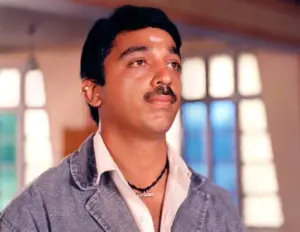
“No End For Any Art” is the note on which ‘Sagara Sangamam’, one of Shri K Viswanath’s masterpieces ends. The 1983 film, along with many others, was a sheer reflection of his core belief, in our culture, tradition, and heritage, and holds true even today. The Recent recipient of the Dadasaheb Phalke Award, this multi-title holder (including five National Film Awards, six state Nandi Awards, ten Filmfare Awards South, and a Bollywood Filmfare Award) has given us timeless cinema, that still lives on.

“Asking me about my most-satisfying film is like asking who your favourite child is.”
“All the movies that I have made are dear to me. Some have been hits and some not, but each was made with a lot of thought and love, and each is dear to me. The most challenging, however, was Sirivennela, where the film had to showcase the relationship between a blind boy and a mute girl.”
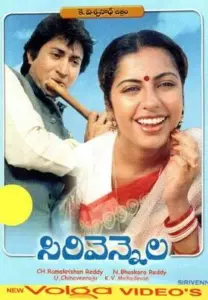
“Cinema needn’t just be artistic or social.”
“Cinema is a tool for the entertainment of the common man. So whether it is made just as an escapist entertainer or as a carrier of a social message, it all depends on the filmmaker. It’s how he or she perceives it to be. Every filmmaker has restrictions, constraints, and pressures, which are very different. They have to work against many hurdles to create a movie. They have to face many issues and only then is the final cinema made.”
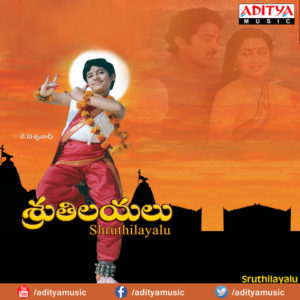
“There are multiple issues in society today.”
“Social subjects back then included dowry system, caste system, untouchability and lack of women’s education. A few of the relevant subjects today would be the safety of women and ragging. Some movie makers may take them up if they wish to use the medium of cinema to drive change in the society.”
“If movies are a mirror of general life, then all men are not Ramas.”

“Movie heroes need not always be portrayed as good people, and as they reflect the society, movie makers may choose to depict the grey areas of the hero. Depending on the film and its maker, the protagonists may be shown as perfect men or as people of real life. It’s important to show both sides of the coin. Also, in the early days, the female lead was shown as a housewife, a Hindu stree.”
“Kattu-bottu marindi. We need to accept changes.”
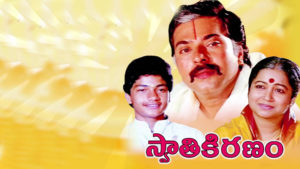
“Today the times have changed and unlike the housewife we depicted in our cinema, today’s women work. They have gone to become pilots and work in every area, shoulder to shoulder with their male counterparts. The way they dress has also changed. However, just because of that we cannot assume that one generation is right and the other is wrong. For example, my mother may not accept my grand-daughter wearing western clothes without a bindi on her forehead. She isn’t wrong, as she comes from a time when not wearing a sari and bindi were frowned upon. My grand-daughter isn’t wrong either as she can’t be expected to wear a sari if her work involves being around machinery or traveling a lot. It is acceptance of each point of view that is required.”
“Even as a contemporary director, my subjects would be the same as before.”
“No matter how old you are, and whatever generation you belong to, you would still call your mother ‘Amma’ isn’t it? The values that I represent in my cinema are family and culture traits that need to be inculcated. The kind of cinema I did is what has earned me respect, and continues to do so even today. It is what I have inherited and piled up in my account that people still regard me for. In fact, the concepts I showcased of family values, morals and culture are relevant to the younger generation today because the principles of the next generation are similar. The epic Ramayana is a great example of that relevance.”
“Music is divine, it is ageless.”
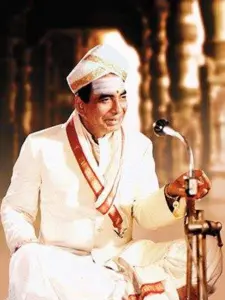
“Our culture is a rich bank of art and music, and it is the need of the hour to portray it. I often feel sad when people belittle our cultural wealth with shallow viewpoints. Music is divine, whatever be the language or background. It is one of the few things that does not decay with age. I’m not saying that we should discourage western music, but we must also encourage our traditional arts.”
(The example of this particular thought was portrayed in the movie Sankarabharanam when the protagonist encounters a young rock band and emulates their music perfectly.)
“I have a bond with the city.”
“I keep coming back here. Over the years much has changed, but this continues to be one city where you find an urban landscape, a village and a city all in one. There are undulations, beautiful buildings, pictorial landscapes that are beautiful. In fact, India in itself has many locations that we haven’t explored in films. While it would be nice to see more of the country in movies, foreign locations are needed to address the aspirations of the viewer.”
“For me writing and directing, both are integrated.”
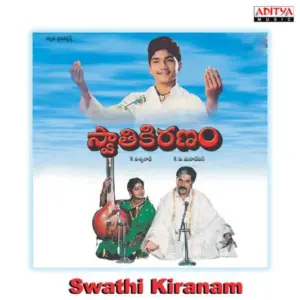
“99% of my films are my own subjects, 75% are my dialogues, and in some places, the song lyrics are mine as well. For me directing and writing go together and it is a wholesome experience. While the acting is enjoyable, it is like a ready plate of food which has been served to eat, whereas directing is like having to buy vegetables and cook. Acting is definitely more remunerative, but directing for me is much more fulfilling.”


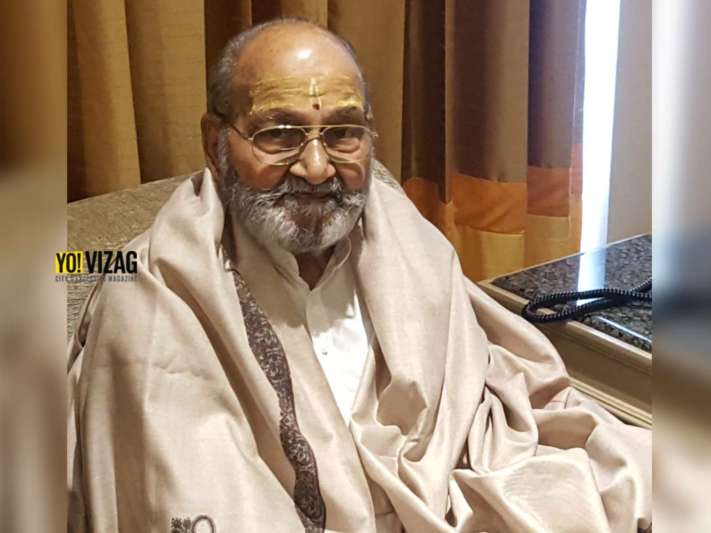







Discussion about this post